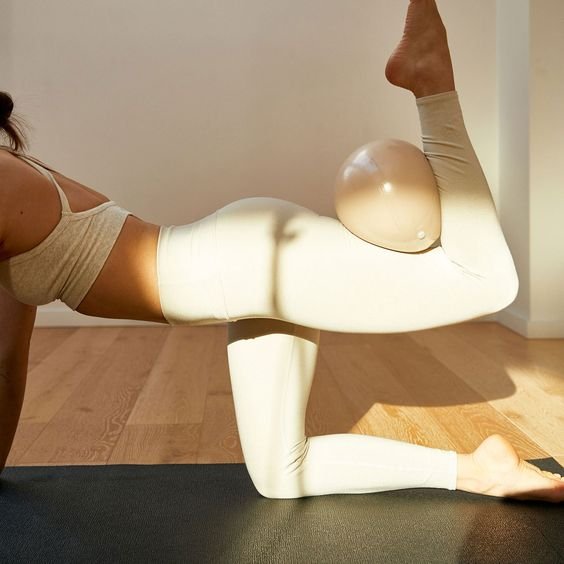Cycle Syncing Your Menstrual Period and Movement
Firstly, what is cycle syncing?
If you haven't heard of cycle syncing, it's a method where a woman adjusts her lifestyle habits to support each phase of the menstrual cycle.
Unlike men who have a 24-hour hormonal cycle, that repeats its self every day. Women have a monthly hormonal cycle which repeats its self every month. That monthly cycle is made of different phases, with varying levels of hormones. The whole goal of this monthly hormonal rhythm is in preperation for ovulation during the middle of the month. If pregnancy doesn't occur, hormones drop off and the menstrual period begins.
Cycle syncing is a powerful way to support the hormonal needs of each phase to optimise overall health.
Disclaimer: this is based on a generalisation of a 28-day average cycle, however this will fluctuate and differ between everyone depending on the length and health of your cycles. The days and phase lengths will differ for you. Please reach out if your unsure when each phase may be for you.
Menstruation (Typically Day 1-6 on an average 28-day cycle)
This is a time of deep rest and renewal while the lining of your uterus is shedding. Hormones are at an all time low so it’s normal to feel slightly lower in energy. During this time focus on slower movement, tuning inwards, nourishing your body with good fats and most importantly listening to your body. Slow down and indulge in all the self-care practices that make you feel cared for - a relaxing bath, herbal tea snuggled on the couch, ‘rest day at home’, some dark chocolate, reading a book, going for an ocean swim… whatever you need to fill up your cup.
Avoid coffee during this time as it can exacerbate menstrual symptoms.
If you feel up for it, choose restorative movement such as:
Walks
Pilates
Light-moderate weights
Saunas
Ocean swims
Stretching
Follicular (Day 7-13)
As hormones are on the rise again, so are energy levels and there’s an increased desire to exercise. You may feel more inclined to partake in moderate intensity movement, such as:
Pilates
Light-moderate strength training
Resistance training
- adding ankle weights & light hand weights
Faster walks
Light jogs
Swimming
Ovulation (Typically Day 14-21)
Around ovulation, oestrogen is at its peak which means so is your energy, libido and desire for higher intensity exercise. Testosterone and progesterone are also on the rise so you may be able to maintain higher intensity practices here and feel stronger.
HIIT / higher intensity pilates
Interval / circuit training
Strength training (PB anyone?!)
Power walks
Cycling
Running
Sports (eg. netball, tennis)
Luteal (Day 22-28)
Hormone levels are high at the beginning, although if an egg isn't fertilised hormone levels slowly begin to decline and the menstrual cycle begins.
As your hormones decrease, so do energy levels so it’s a good time to start slowing down and tuning inwards. You’ll notice the intensity of your activity slowly reduce to a light-moderate intensity and may opt for movement such as:
Pilates
Body weight exercises
Resistance band workouts
Slow and controlled movement
- sculpting/toning exercises
Lighter weights and more controlled
You may have noticed there is one type of exercise that supports your hormones through each phase and that’s pilates. You can access 50% off Wild Pilates Online Susing the code ‘NOURISH’ and try it for a whole month at home.
Once you realise the monthly rhythm your body follows and understand each phase you can use this to your advantage. Cycle syncing is simply just realigning your lifestyle practices around your hormonal rhythms and needs so that your working with your body, not against it.Try it for a month and let me know how you found it in the comments below,
Em x
If you’re looking for further support with cycle syncing or experiencing any menstrual complaints please contact Emily via email hello@nourisher.co.nz or book in for a naturopathic consultation below:

